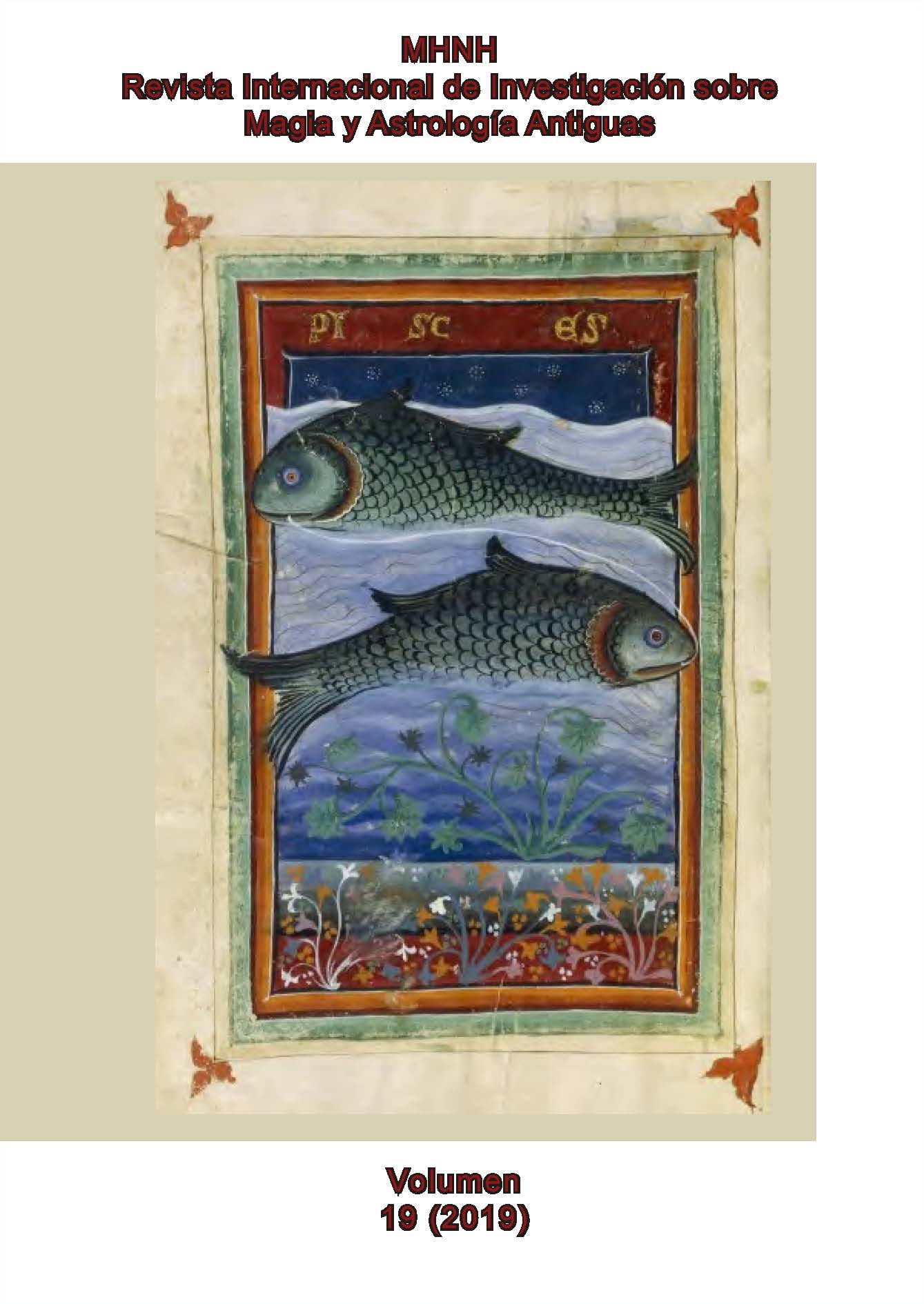Music for Future. Telephony and Harmony of the Spheres in a Cartoon of 1877
DOI:
https://doi.org/10.24310/mhnh.vi19.15414Abstract
In 1877 an unknown ironic caricaturist prizes the invention of telephony by the harmony of the spheres, representing the planets as musicians playing various instruments that are connected by cables and poles with the earth and its three continents. In a coherent system, the drawing combines manifold ideas of ancient and contemporary astronomy and technique up to the music of Richard Wagner, which was perceived at that time as epoch-making as telephony.
Downloads
Metrics

Downloads
Published
How to Cite
Issue
Section
License
This work is licensed under a Creative Commons Attribution-NonCommercial-NoDerivatives 4.0 International License.
All contents published in MHNH. Revista Internacional de Investigación sobre Magia y Astrología Antiguas are protected under the Creative Commons Attribution-NonCommercial-ShareAlike 4.0 International (CC BY-NC-SA 4.0) license. All about this license is available in the following link: <http://creativecommons.org/licenses/by-nc-sa/4.0>
Users can copy, use, redistribute, share and exhibit publicly as long as:
- The original source and authorship of the material are cited (Journal, Publisher and URL of the work).
- It is not used for comercial purposes.
- The existence of the license and its especifications are mentioned.
There are two sets of authors’ rights: moral and property rights. Moral rights are perpetual prerogatives, unrenounceable, not-transferable, unalienable, imprescriptible and inembargable. According to authors’ rights legislation, MHNH. Revista Internacional de Investigación sobre Magia y Astrología Antiguas recognizes and respects authors moral rights, as well as the ownership of property rights, which will be transferred to University of Malaga in open access. The property rights are referred to the benefits that are gained by the use or the dissemination of works. MHNH. Revista Internacional de Investigación sobre Magia y Astrología Antiguas is published in an open access form and it is exclusively licenced by any means for doing or authorising distribution, dissemination, reproduction, , adaptation, translation or arrangement of works.
Authors are responsable for obtaining the necessary permission to use copyrighted images.






